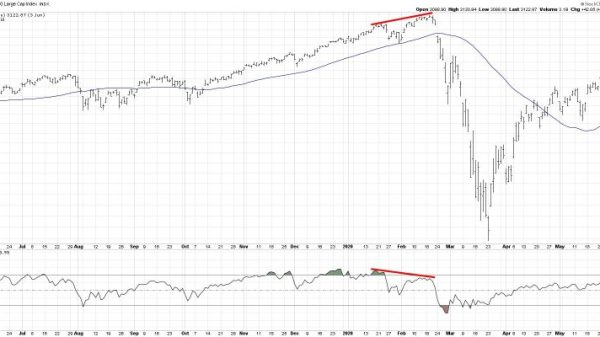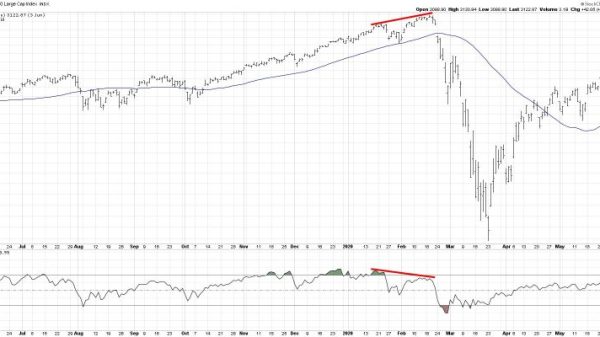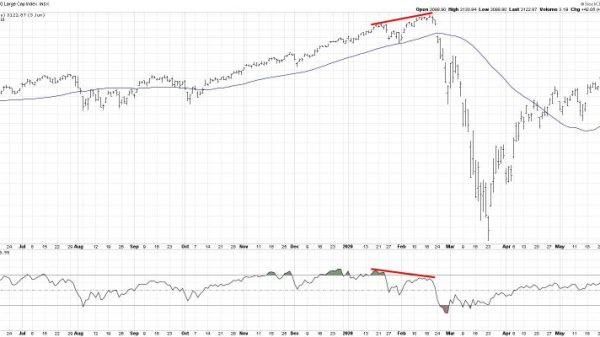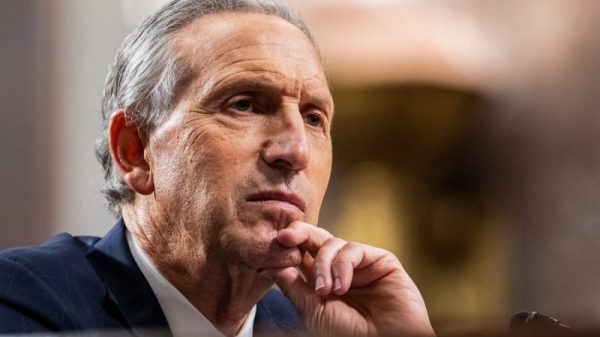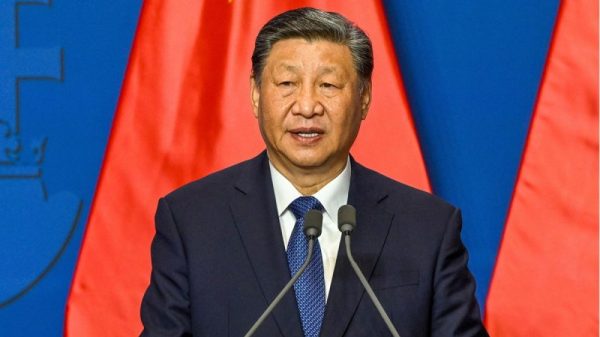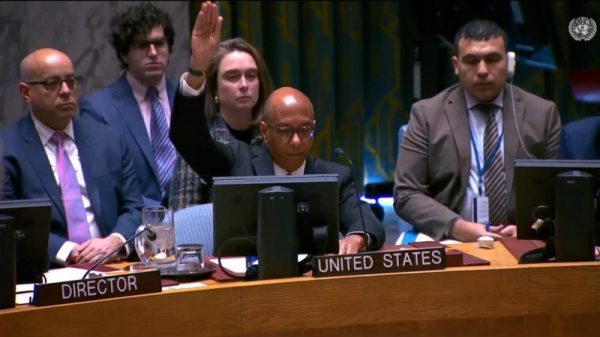In the realm of American politics, the Supreme Court has long been a central pillar of the judicial branch, interpreting laws, settling disputes, and safeguarding the Constitution. Over the years, the Court’s composition, structure, and operation have sparked debates and controversies that often resonate far beyond the hallowed halls of the judiciary. President Joe Biden’s recent call for term limits, a code of conduct, and limits on presidential immunity for Supreme Court justices has reignited these discussions, pushing the boundaries of judicial reform and accountability in the highest court of the land.
Term limits for Supreme Court justices have become a prominent topic of discussion in recent years, with proponents arguing that lifetime appointments can lead to an aging and out-of-touch judiciary that fails to represent the evolving values and demographics of society. By limiting justices to fixed terms, President Biden aims to introduce fresh perspectives, promote diversity, and encourage a more dynamic and responsive Court that can adapt to the changing needs of the nation. Critics, however, warn that term limits may politicize the Court further, as justices could become more beholden to the political climate and short-term interests rather than upholding the rule of law.
In tandem with term limits, President Biden’s proposal for a code of conduct for Supreme Court justices seeks to enhance transparency, ethical standards, and accountability within the judiciary. A robust code of conduct could establish clear guidelines for justices’ behavior, financial disclosures, and recusal practices to uphold the integrity and independence of the Court. It could also address concerns regarding conflicts of interest, judicial misconduct, and partisan biases that may erode public trust in the institution. While a code of conduct may help bolster the Court’s credibility and ethical standards, its enforcement and impact on judicial decision-making remain subjects of debate.
Furthermore, President Biden’s call for limits on presidential immunity for Supreme Court justices raises thorny questions about the balance of power between the executive and judicial branches. The notion of immunity from civil and criminal lawsuits while in office has historically shielded presidents from legal challenges, ensuring that they can perform their duties without constant legal distractions. By proposing limits on this shield for justices, President Biden signals a desire to hold the Court accountable and prevent potential abuses of power or misconduct that could undermine the rule of law. However, critics argue that such limits could unduly politicize the judiciary and expose justices to partisan attacks or legal vulnerabilities that may interfere with their judicial duties.
In conclusion, President Biden’s bold proposals for term limits, a code of conduct, and limits on presidential immunity for Supreme Court justices have reignited debates on judicial reform, accountability, and the role of the judiciary in a democratic society. While these measures hold the promise of a more proactive, transparent, and ethical Supreme Court, they also raise complex legal, political, and constitutional challenges that require careful consideration and bipartisan cooperation. As the nation grapples with questions of justice, fairness, and accountability, the future of the Supreme Court remains a critical and evolving chapter in the ongoing narrative of American democracy.


